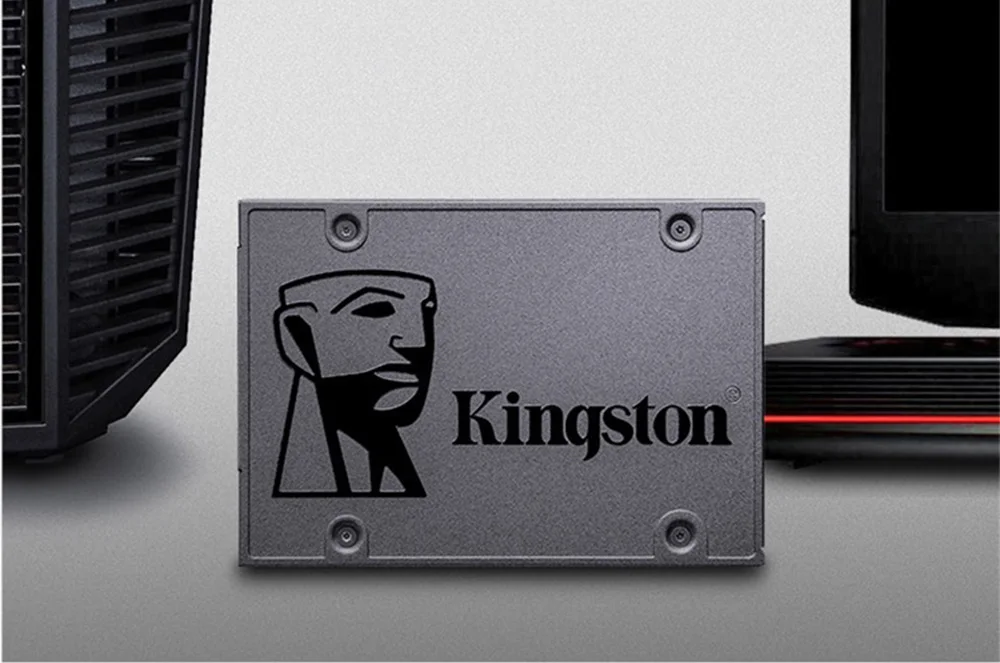


If you see an app that has a disproportionate energy impact, kill it, and consider uninstalling it. How a radical new teaching method could unleash a generation of geniuses It lists your currently running programs and daemons, their energy usage, and whether the application is App Nappin’. The venerable app, Activity Monitor, has a new tab labeled “Energy” that lets you do just that. That doesn’t mean App Nap can’t benefit from some occasional monitoring. Which is fine! The whole idea behind App Nap is that it runs in the background, looking for apps that fit certain criteria like whether they’re maximized or currently downloading or playing media. That means cycle-hogging processes like Spotlight and Time Machine now work in the backgroundĪpple’s new suite of energy saving settings, App Nap - not to be confused with Power Nap - doesn’t really have an interface. You can, however, re-arrange CPU processes so the processor is idle for longer. Sure, your screen uses a lot of battery, but you can’t really turn that off. But along with that automatic battery savings, Mavericks includes a powerful suite of tools that can extend your laptop’s life even longer.Īpple’s approach to power consumption is simple: If you’re not working on a process right this moment, OS X drops it into the background and has the CPU more or less ignore it.

#Intel power gadget mavericks install#
By itself, that’s reason enough to install Mavericks. In my personal experience with a 2011 Macbook Air, I saw similar gains. If there’s one major point of emphasis for Apple’s new desktop operating system, it’s battery life.Īccording to Craig Federighi, Apple’s senior vice president of Software Engineering, if you were to take the newest MacBook Air and install Mavericks, you’d get an hour longer to browse the web - even if you don’t take any other battery-saving actions.


 0 kommentar(er)
0 kommentar(er)
